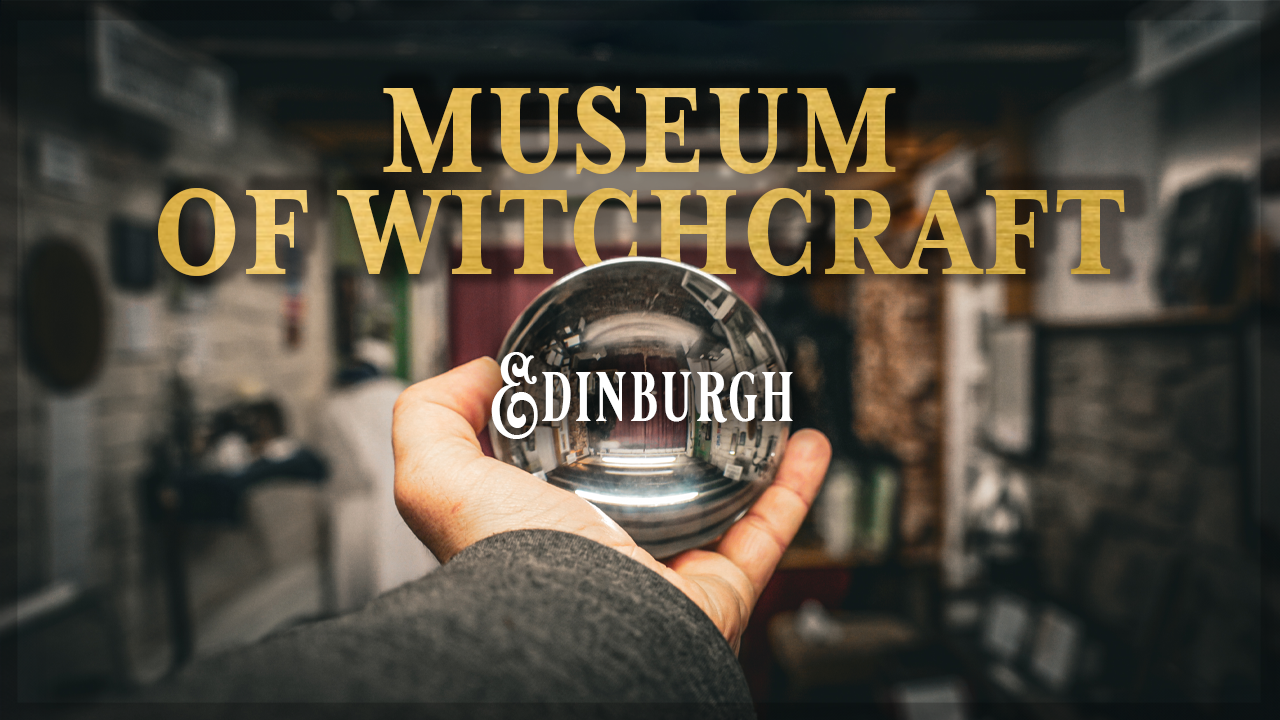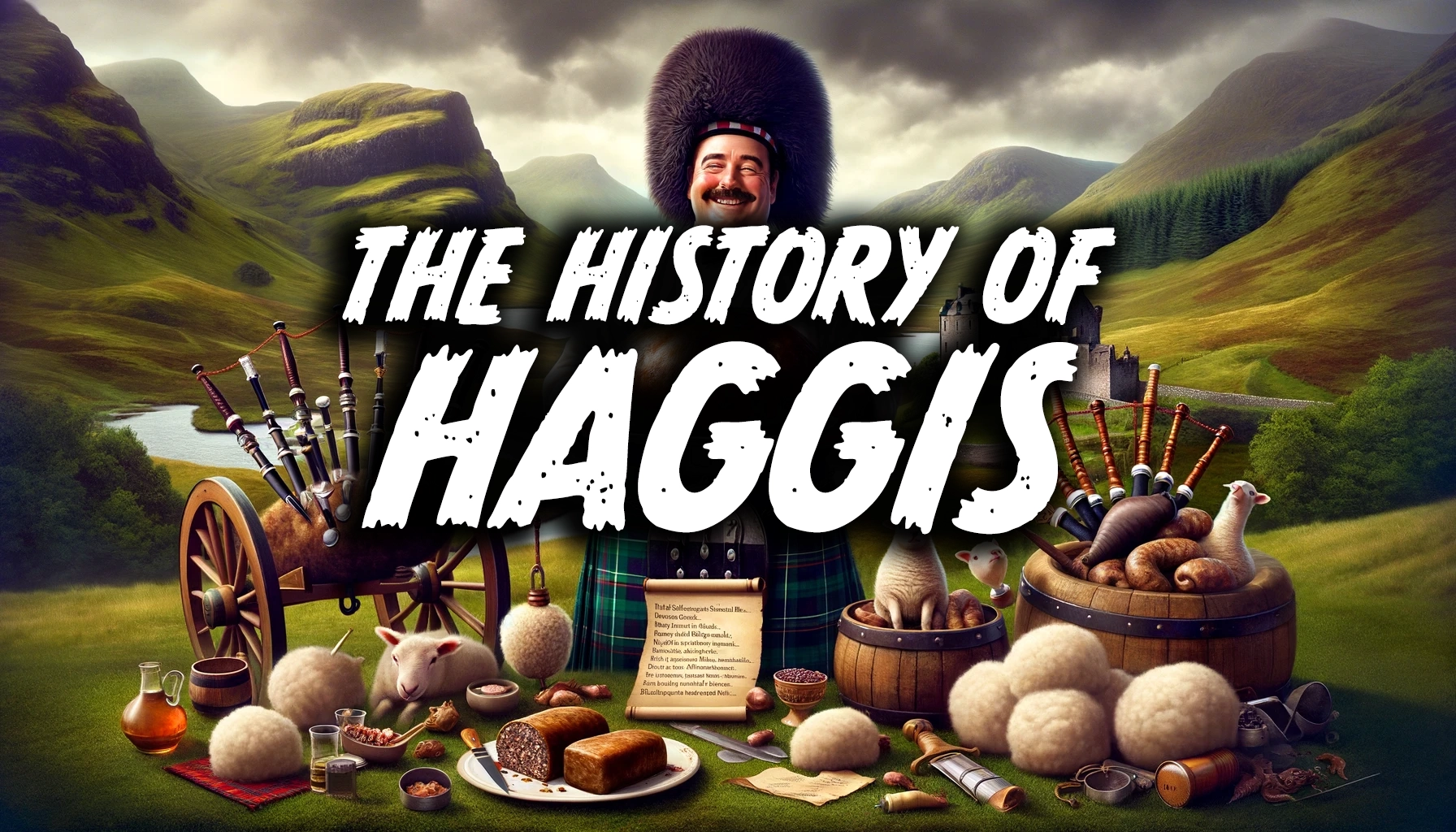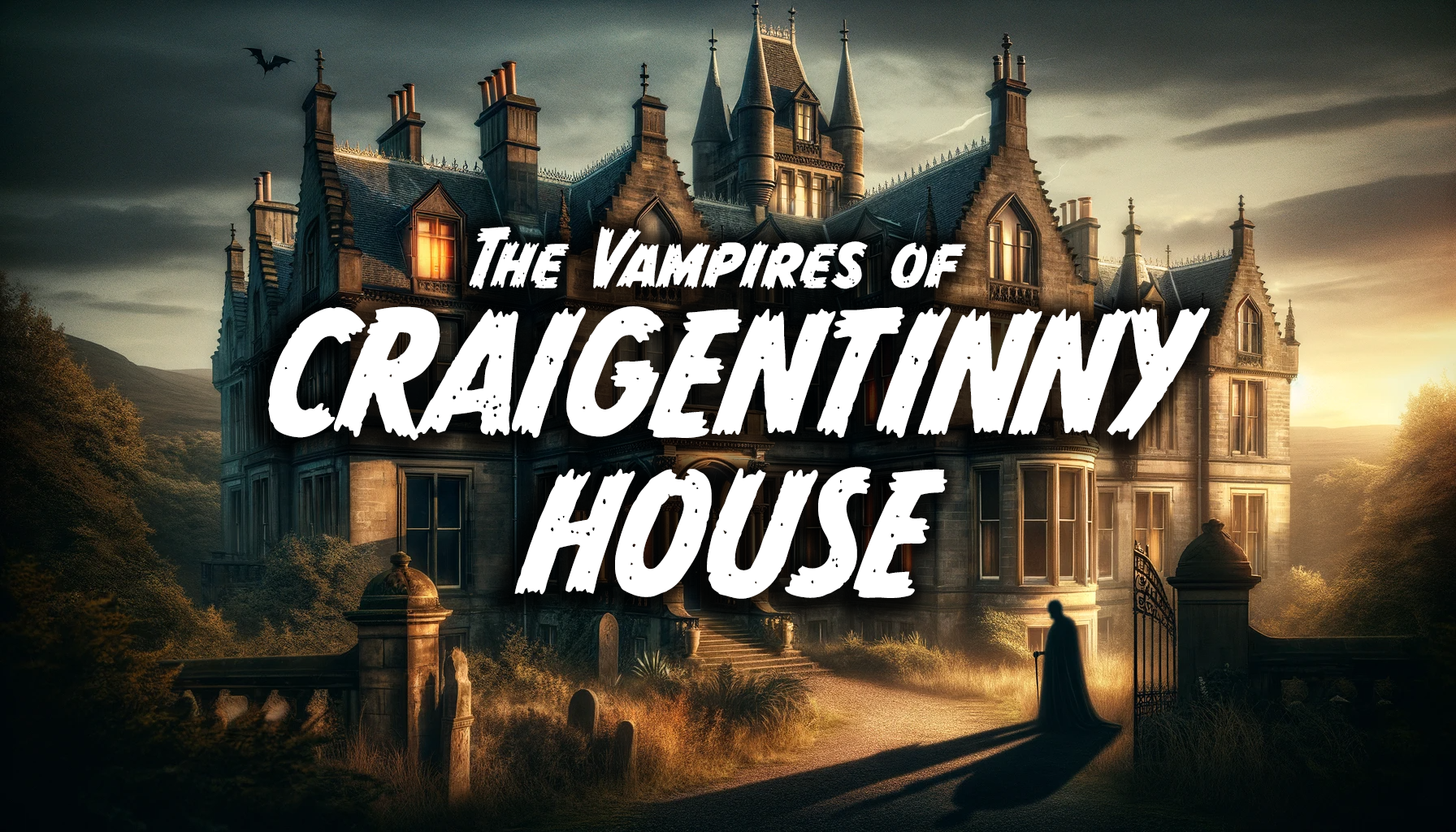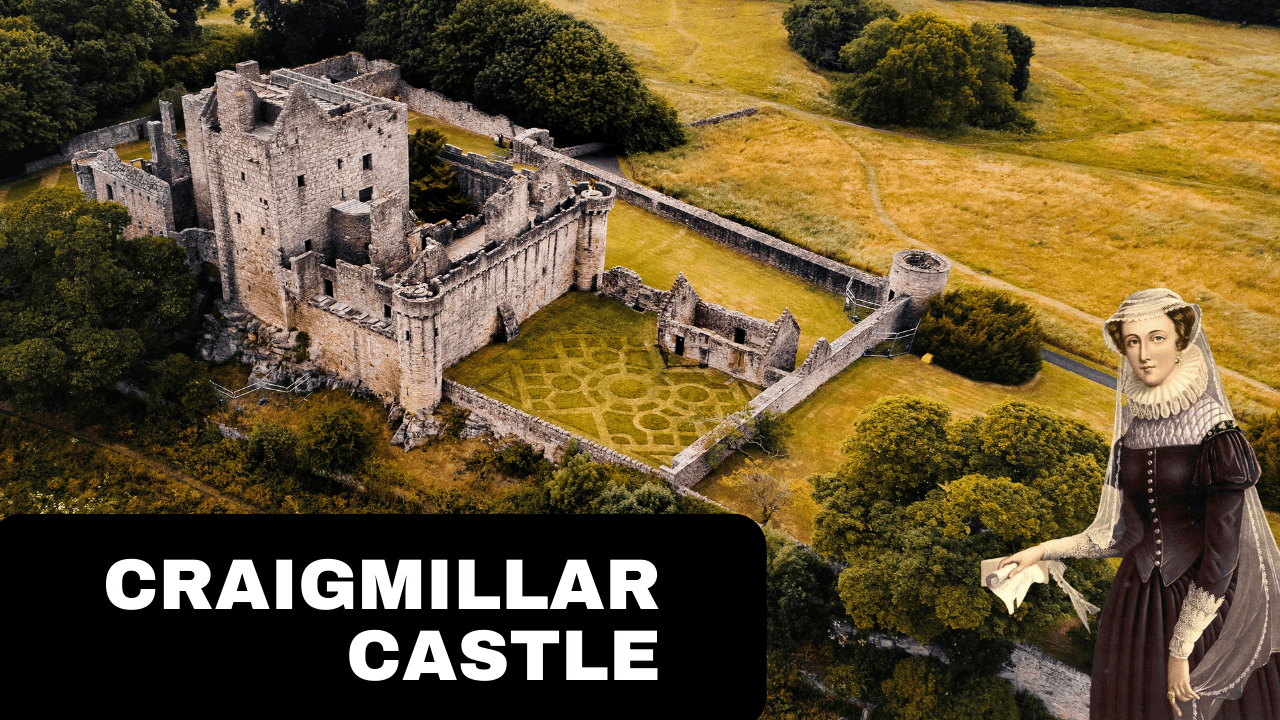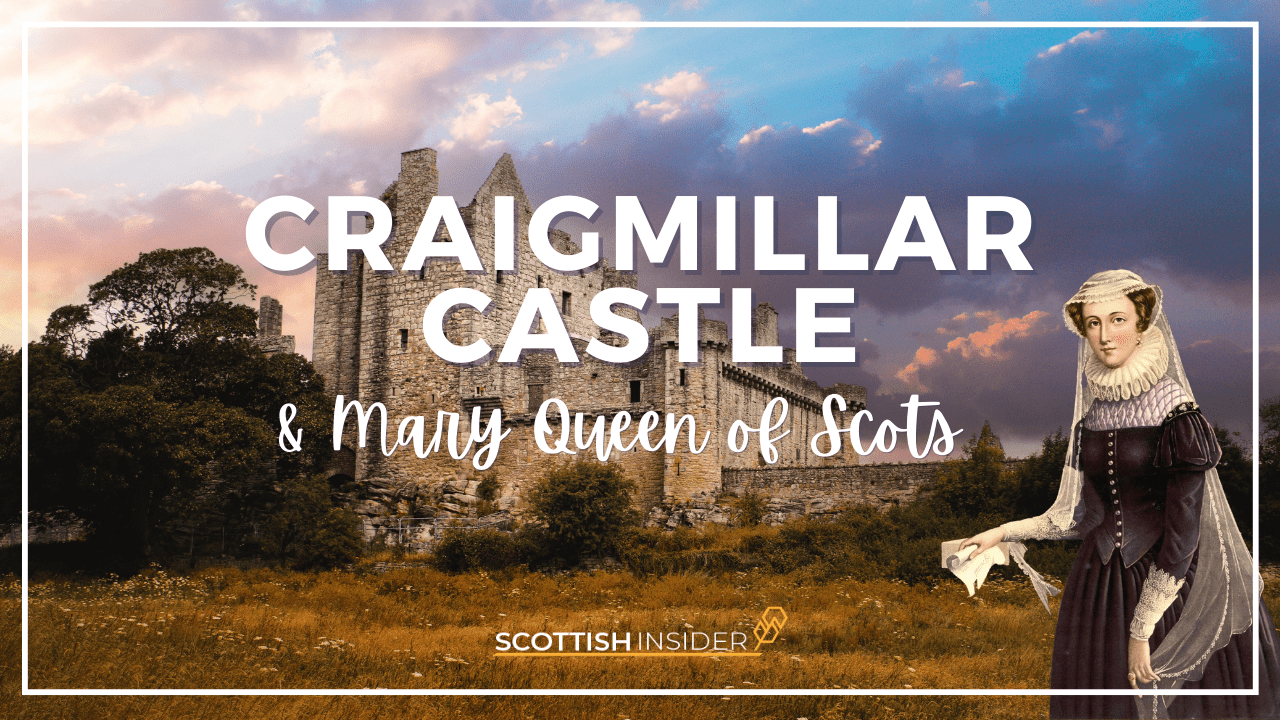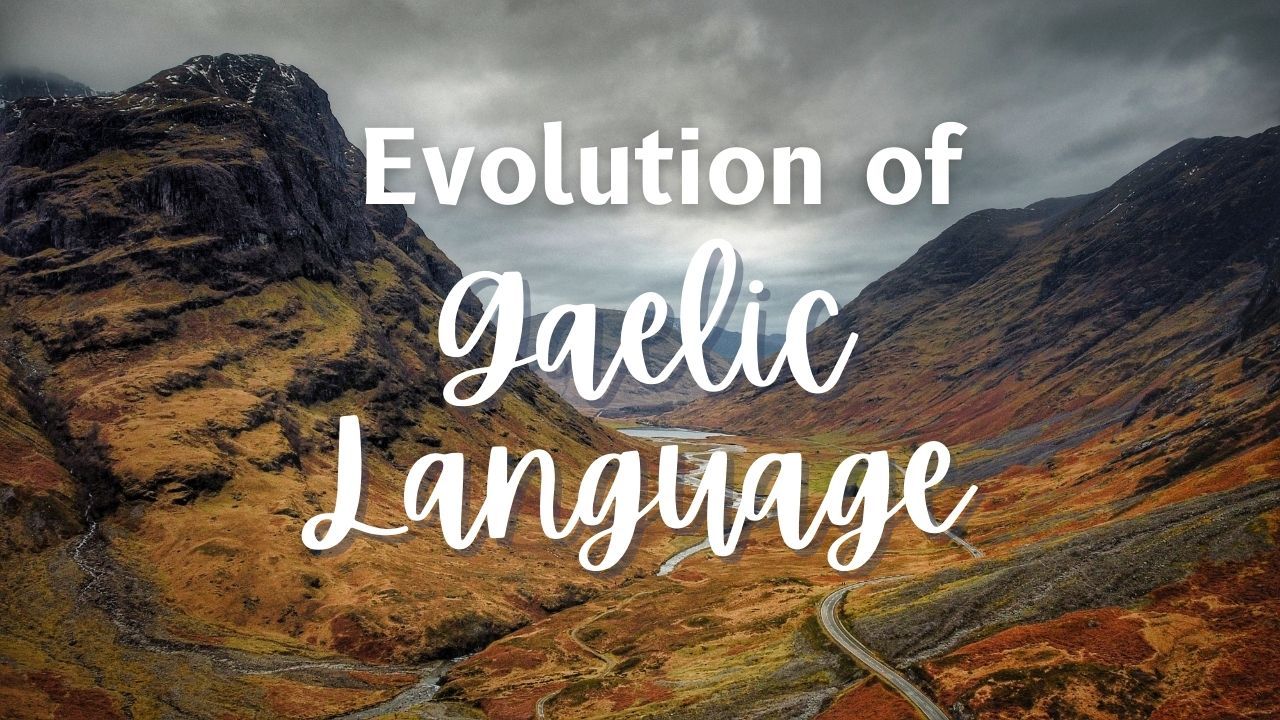Once upon a time, Edinburgh, like a curious octopus, stretched its tentacles far and wide, scooping up villages and historic estates along the way. In this urban jungle, some grand old houses like Niddrie Marischal played a game of hide-and-seek and lost, getting gobbled up by the city’s relentless sprawl. But then there’s Craigentinny House, the Houdini of historic mansions, which not only dodged the urbanization bullet but also managed to reinvent itself.
Picture Craigentinny House, a grand old dame from the 17th century, who decided in the swinging ’30s to trade in her ancient aristocratic charm for something more… community-centric. She became the very first community center in a Scottish council estate, showing the world that you can teach an old house new tricks.
But Craigentinny House’s 1930s glow-up? That was something else. It’s like watching a vintage Rolls-Royce transform into a hip food truck. This old gal didn’t just save herself from becoming a dusty memory; she turned into a neighborhood superstar. A true inspiration for modern-day builders – it’s not just about building new, but also about bringing the old back to fabulous life.
The Millers’ Misadventures
Back in the early 1600s, when wearing ruffs was all the rage and Shakespeare was penning his latest hit, the Logans of Restalrig decided to play real estate roulette. They sold their ancestral estate, and one of the slices of this historical pie became Craigentinny, cozily tucked to the north-east of Restalrig, like a secret garden.
Enter James Nisbet, our protagonist, who built the now-famous Craigentinny House after 1604. It passed through the Nisbet family like a hot potato until 1764, when William Miller, an Edinburgh seedsman and Quaker with a knack for turning seeds into gold, bought it. He later moved to London, where his son, William Henry Miller, was born – probably amidst a pile of seeds and Quaker oats.
Junior Miller was a Staffordshire Tory MP by day and a book-collecting superhero by night. He was known as ‘Measure Miller’ – not because he was a stickler for rules, but because he carried a ruler to book auctions. Yes, he was the guy who made sure every inch of the book was worth his penny.
Now, Craigentinny House was like Miller’s holiday home that he rarely visited. Can you blame him? The house overlooked the infamous Craigentinny Meadows, which was essentially Edinburgh’s 250-acre natural sewage system. The ‘Foul Burn,’ a burn that was true to its name, carried the city’s raw sewage right into the sea. The grass, fertilized by Old Town’s… ahem… ‘gifts,’ was a feast for over 3000 cows. This, folks, was farm-to-table in the 18th century.
This aromatic arrangement lasted until the 1920s, when the Council, in a moment of clarity, built a piped sewer. Today, the fragrant memories of Craigentinny Meadows live on in the Seafield Treatment works, far away from any unsuspecting nostrils.
The Plot Thickens with Miller’s Will
Now, let’s talk about William Henry Miller, our bibliophile bachelor who shuffled off this mortal coil in 1848. In a move that screamed ‘plot twist,’ he left his estate to two unmarried sisters. The catch? They had about as much relation to him as a fish has to a bicycle. This move was less about affection and more about giving his closest heirs the historical equivalent of a cheeky raspberry.
But here’s the kicker: Miller’s book-buying binges had racked up debts like a kid in a candy store. Enter Samuel Christy, a distant relative with pockets deeper than a philosopher’s thoughts. He swooped in like a financial superhero, helping the Marsh sisters (our mysterious beneficiaries) settle Miller’s debts and even spruce up the estate. They added new wings to the castle, a walled garden – the works. Was Christy just a good Samaritan? Hmm, not quite. He was eyeballing the inheritance himself, standing next in the Miller will conga line.
When the sisters bid adieu to the world, Christy, quicker than a chameleon changes colors, added ‘Christie-Miller’ to his name. Why? Because in this historical game of Monopoly, adding ‘Miller’ was like drawing the ‘Advance to Go’ card.
Christy wasn’t just about name changes; he had a flair for home makeovers. He Baronialised the house in a style so convincingly historic it would make a historian blink twice. For this, he hired David Rhind, the architect maestro who also designed Miller’s mausoleum. This tomb, known locally as ‘The Marbles,’ is like a Roman holiday in marble, and it’s got the A-list status to prove it.
And about that photo of Miller’s tomb from around 1965? It’s worth a peek on Canmore – it’s like looking through a window into the past, minus the time travel and the potential for altering history.
Vampire or Fairy? The Curious Case of Miller’s Afterlife
So, get this: when William Henry Miller kicked the bucket, he left behind a set of burial instructions more complex than a flat-pack furniture manual. We’re talking a lead-lined coffin inside a stone-lined vault that was anywhere between 17.5 and 50 feet deep. Why? Maybe he was practicing for an extreme hide-and-seek championship in the afterlife.
The plot thickens: after Miller’s rather tardy burial, estate workers started holding nightly vigils at the graveside like they were guarding a treasure chest. His choice of eternal rest spot – open fields, miles away from hallowed ground – started the local rumor mill. Within six months, newspapers were buzzing with theories. Was Miller secretly Britain’s first female MP, a fairy changeling, or, wait for it… a vampire? Yes, the vampire theory was the cherry on this bizarre sundae, suggesting that all the elaborate burial shenanigans were to stop Miller from joining the ranks of the undead.
Now, I hate to burst the bubble of a juicy story, but it’s more likely Miller just had a severe case of graverobber-phobia. Back then, Edinburgh was like the Hollywood of anatomical study, and dead bodies were in high demand, no questions asked (sorry, Burke and Hare).
Also, that super-deep vault? Probably just to support the weight of the extravagant mausoleum he had in mind, later scaled back because, you know, budget cuts happen even in the afterlife.
But let’s not forget the possibility of some sour grapes from the Miller heirs. Disgruntled by being cut out of the will, they might have been the masterminds behind the gossip mill. Yet, if you ask the locals, everyone’s got their own pet theory. So, was Miller a vampire, a changeling, or just a guy with a flair for dramatic burials? Edinburgh’s mystery buffs are still scratching their heads.
Lady Nisbet: The Original Craigentinny Vampire?
Hold onto your garlic, because Craigentinny’s vampire tales don’t stop with Miller. In a 1907 newspaper, a story straight out of a Bram Stoker fan fiction claimed that Lady Nisbet, a Craigentinny resident from the 1720s, turned into a vampire! Yes, she reportedly got a taste for her husband’s blood and even nibbled on the family cook. The plot thickens: she was chained in her room, and a Bohemian doctor (probably not a vampire expert) was called in. In a twist worthy of a soap opera, Lady Nisbet escaped, went on a stabbing spree, and was finally struck by lightning. She was buried in an ‘obscure corner’ of the estate, presumably with a stake through her heart, because why not?
New Beginnings with a Bang
Fast forward to the Christie-Millers, who held onto the house until the 20th century. As Edinburgh grew, parts of the estate were leased out, and in 1931, the City Council did a bit of shopping and bought 62 acres for housing. Enter James Miller (no vampire or relative), who built bungalows.
In 2014, an aerial photo showed Craigentinny House surrounded by suburbia, like an old castle at a modern-day block party. It was unused and almost met the wrecking ball, but in 1937, the Council bought it for a song (£1000) and turned it into a community center, calling it ‘a sunshine centre’ (no vampires allowed).
The place buzzed with activities, but then came 1942. A Luftwaffe bomb decided to drop by uninvited, taking out half the house and, sadly, the caretaker, Robert Wright. The 19th-century additions were gone, but the sturdy 17th-century part stood its ground. It was patched up and kept on serving the community, earning a B-list celebrity status in 1970.
Craigentinny Today: More than Just History
Now, Craigentinny House still stands, a 400-year-old slice of history amidst modern suburbia. It’s a community hub, offering classes, events, and a cozy spot to save on heating bills. If you wander around the building today, you’ll find whispers of its past in every nook and cranny, a testament to its resilience and the many stories it holds – vampire tales included!








